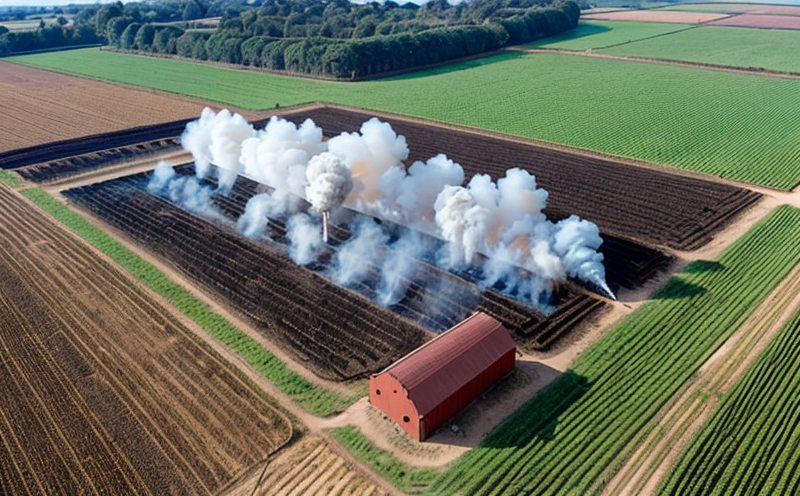
-
Fire Safety and Prevention Standards-
Fire Prevention in Agriculture-
Designing Fire Breaks and Defensible Zones in Agricultural Areas
We provide comprehensive solutions designed to help our clients mitigate risks, enhance performance, and excel in key areas such as quality, health & safety, environmental sustainability, and social responsibility.
Discover
For many years, our organization has been operating successfully, boasting modern laboratories that meet international standards. These laboratories are equipped with the latest technology devices and equipment, and we have built a strong team of experienced and trained personnel to operate them.
DiscoverWelcome to Eurolab, your partner in pioneering solutions that encompass every facet of life. We are committed to delivering comprehensive Assurance, Testing, Inspection, and Certification services, empowering our global clientele with the ultimate confidence in their products and processes.
Discover
-
Fire Safety and Prevention Standards-
Fire Prevention in Agriculture-
Designing Fire Breaks and Defensible Zones in Agricultural AreasDesigning Fire Breaks and Defensible Zones in Agricultural Areas: A Comprehensive Guide
Agricultural areas are vulnerable to wildfires due to dry vegetation, wind conditions, and human activities such as farming and ranching. Effective fire management is crucial to protect agricultural lands, livestock, and personnel from the devastating consequences of wildfires. One of the most critical aspects of wildfire prevention and suppression is designing fire breaks and defensible zones in agricultural areas.
Understanding Fire Breaks
Fire breaks are designed to contain or stop the spread of wildfires by creating a physical barrier between flammable materials. In agricultural areas, fire breaks can be created using various methods, including:
Grading and clearing: Clearing vegetation and debris from a designated area creates a fire break that prevents fires from spreading to adjacent areas.
Mulching and mowing: Regularly mulching or mowing dry vegetation helps reduce the fuel load and makes it more difficult for fires to spread.
Retaining walls and dams: Constructing retaining walls and dams can create a physical barrier between flammable materials, preventing fires from jumping across.
Designing Defensible Zones
Defensible zones are areas that have been designed and prepared to withstand wildfires. In agricultural areas, defensible zones can be created by:
Identifying and clearing high-risk areas: High-risk areas such as areas with dense vegetation or near water sources should be identified and cleared of flammable materials.
Creating fuel breaks: Fuel breaks are narrow strips of land that have been cleared of flammable materials. These breaks help contain fires and prevent them from spreading to adjacent areas.
Building fire-resistant structures: Fire-resistant structures such as barns, sheds, and homes can be designed with wildfire safety in mind by using fire-resistant materials and designing the structure for easy access and evacuation.
Designing Effective Fire Breaks and Defensible Zones
When designing fire breaks and defensible zones, consider the following factors:

Aviation and Aerospace Testing
Aviation and Aerospace Testing: Ensuring Safety and Efficiency The aviation and aerospace industr...
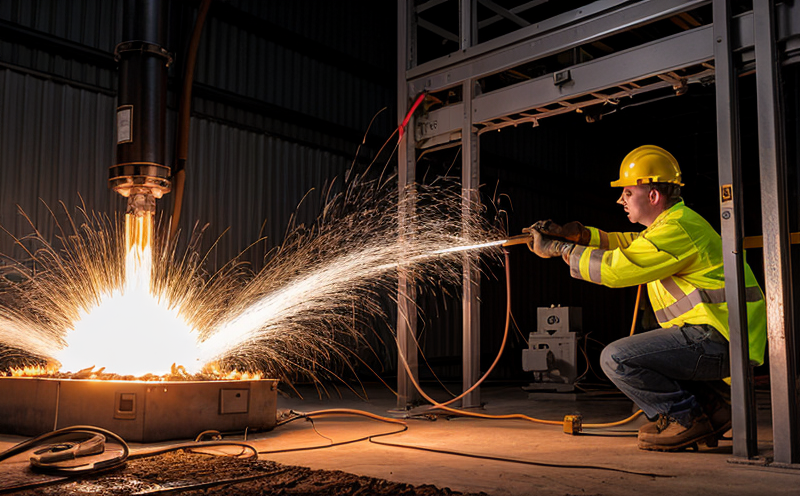
Electromechanical Safety Certification
Electromechanical Safety Certification: Ensuring Compliance and Protecting Lives In todays intercon...

Pharmaceutical Compliance
Pharmaceutical compliance refers to the adherence of pharmaceutical companies and organizations to l...

Hospitality and Tourism Certification
Hospitality and Tourism Certification: Unlocking Opportunities in the Industry The hospitality and ...

Food Safety and Testing
Food Safety and Testing: Ensuring the Quality of Our Food As consumers, we expect our food to be sa...

NEBS and Telecommunication Standards
Network Equipment Building System (NEBS) and Telecommunication Standards The Network Equipment Bu...

Chemical Safety and Certification
Chemical safety and certification are critical in ensuring the safe management of products and proce...
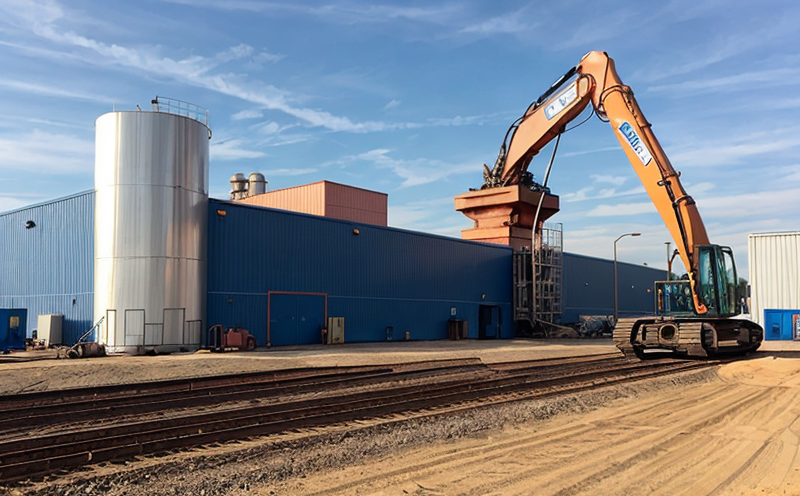
Industrial Equipment Certification
Industrial equipment certification is a critical process that ensures industrial equipment meets spe...

IT and Data Center Certification
IT and Data Center Certification: Understanding the Importance and Benefits The field of Informatio...

Transportation and Logistics Certification
Transportation and Logistics Certification: A Comprehensive Guide The transportation and logistics ...

Lighting and Optical Device Testing
Lighting and Optical Device Testing: Ensuring Performance and Safety Lighting and optical devices a...

Consumer Product Safety
Consumer Product Safety: Protecting Consumers from Harmful Products As a consumer, you have the rig...

Product and Retail Standards
Product and Retail Standards: Ensuring Quality and Safety for Consumers In todays competitive marke...

Trade and Government Regulations
Trade and government regulations play a vital role in shaping the global economy. These regulations ...
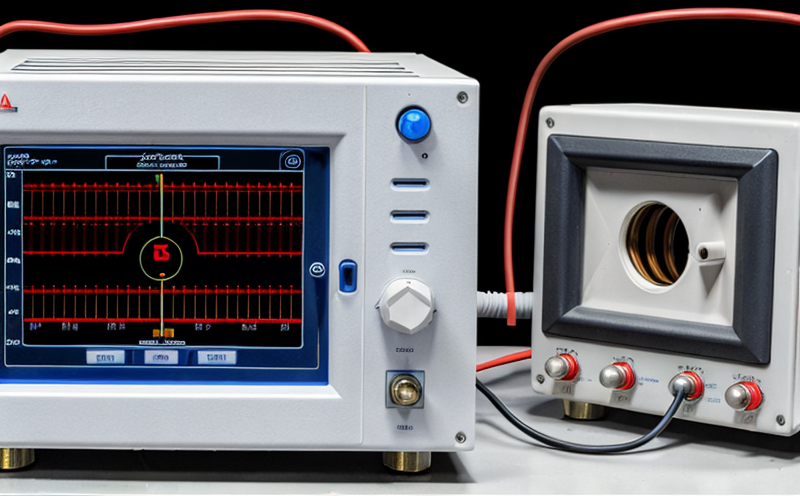
Electrical and Electromagnetic Testing
Electrical and Electromagnetic Testing: A Comprehensive Guide Introduction Electrical and electrom...
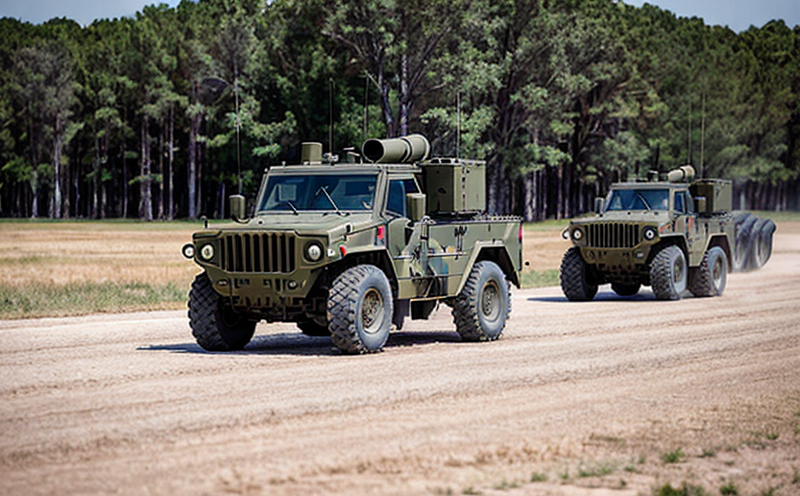
Military Equipment Standards
Military Equipment Standards: Ensuring Effectiveness and Safety The use of military equipment is a ...
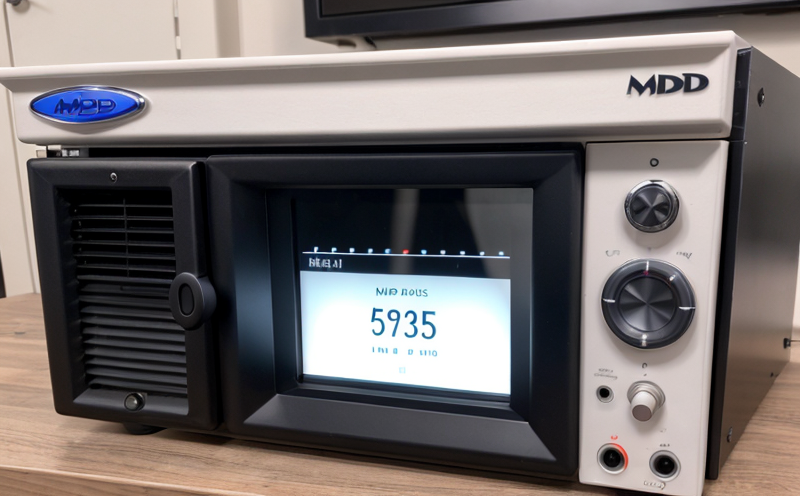
MDR Testing and Compliance
MDR Testing and Compliance: A Comprehensive Guide The Medical Device Regulation (MDR) is a comprehe...

Cosmetic Product Testing
The Complex World of Cosmetic Product Testing The cosmetics industry is a multi-billion-dollar ma...
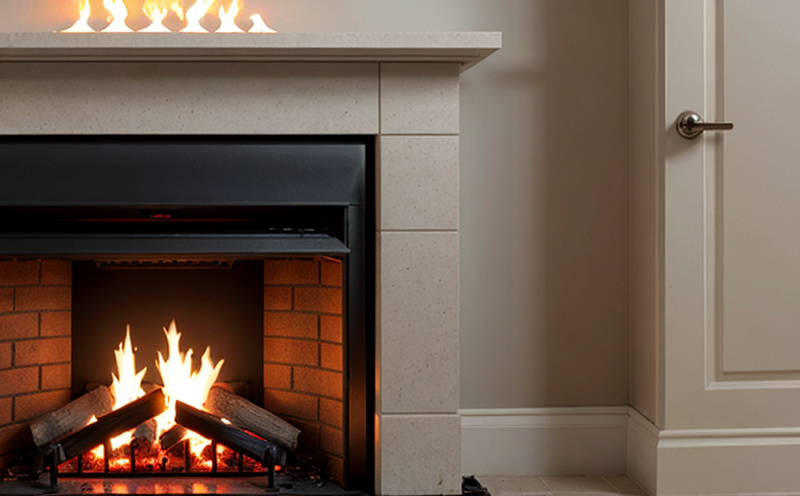
Fire Safety and Prevention Standards
Fire Safety and Prevention Standards: Protecting Lives and Property Fire safety and prevention stan...
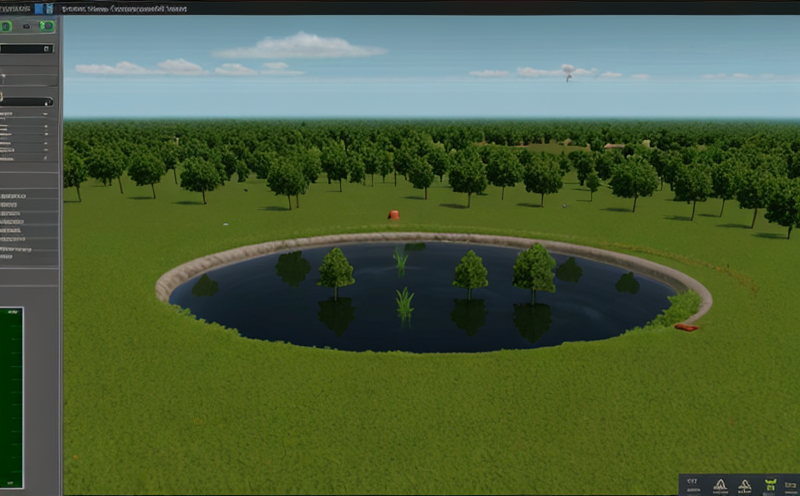
Environmental Simulation Testing
Environmental Simulation Testing: A Comprehensive Guide In todays world, where technology is rapidl...
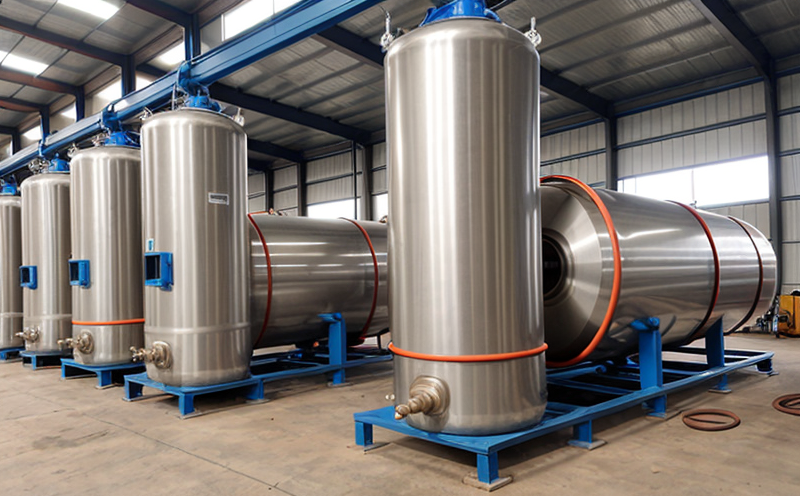
Pressure Vessels and Installations Testing
Pressure Vessels and Installations Testing Pressure vessels are a critical component of various ind...
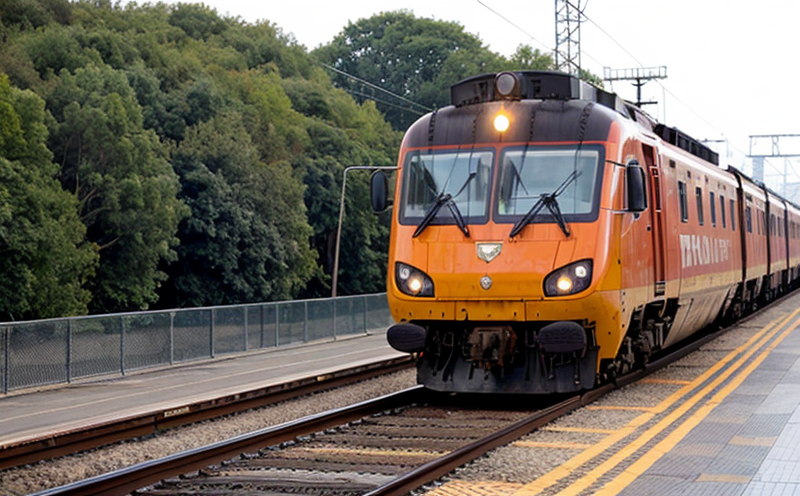
Railway Industry Compliance
Railway Industry Compliance: Ensuring Safety and Efficiency The railway industry is a critical comp...
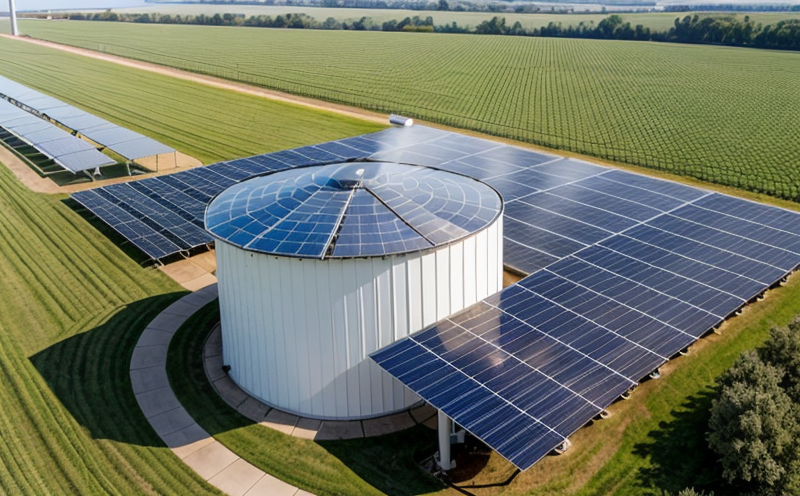
Renewable Energy Testing and Standards
Renewable Energy Testing and Standards: Ensuring a Sustainable Future The world is rapidly transiti...

Automotive Compliance and Certification
Automotive Compliance and Certification: Ensuring Safety and Efficiency The automotive industry is ...
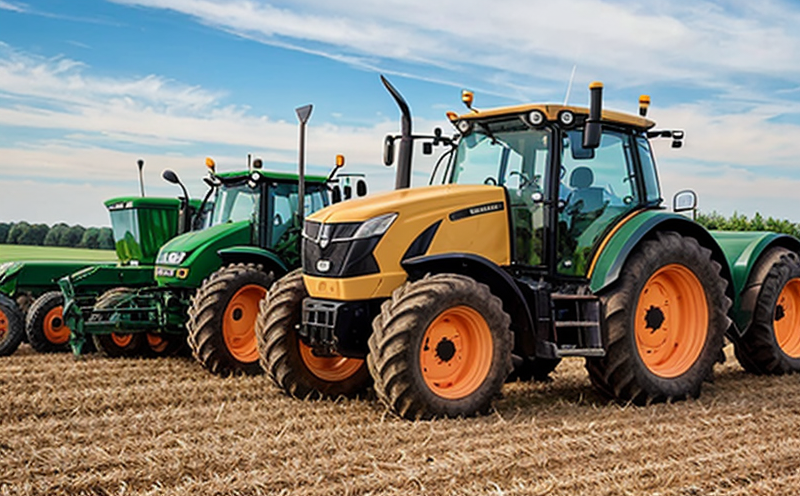
Agricultural Equipment Certification
Agricultural equipment certification is a process that ensures agricultural machinery meets specific...
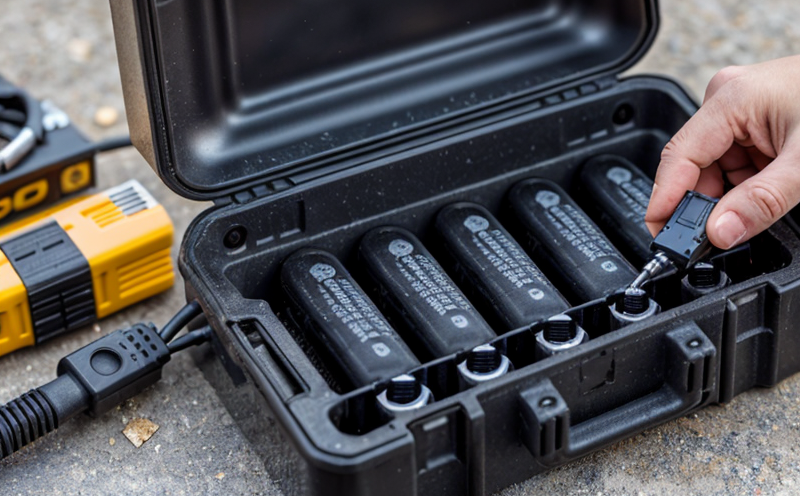
Battery Testing and Safety
Battery Testing and Safety: A Comprehensive Guide As technology continues to advance, battery-power...
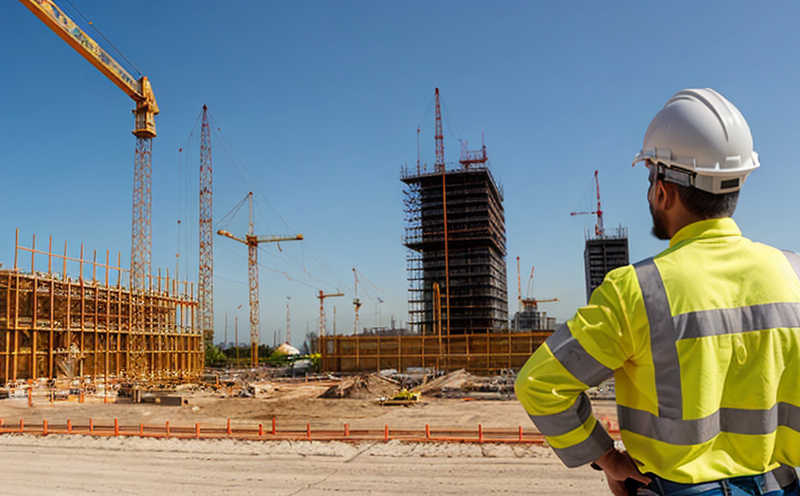
Construction and Engineering Compliance
Construction and Engineering Compliance: Ensuring Safety, Quality, and Regulatory Adherence In the ...
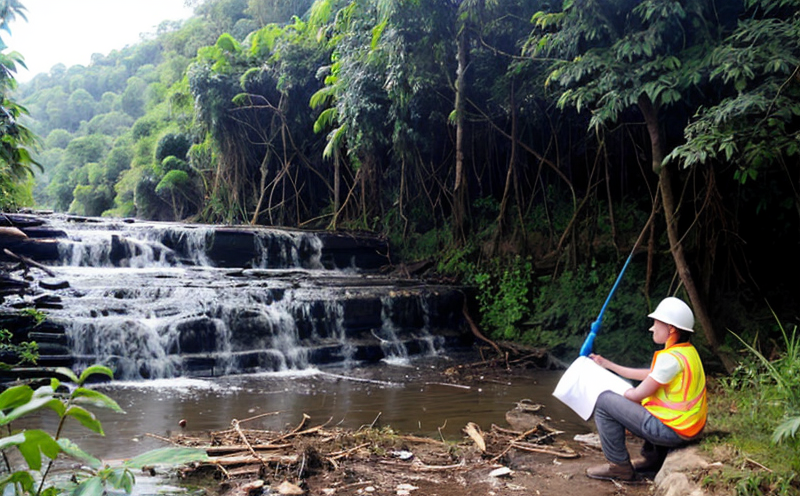
Environmental Impact Assessment
Environmental Impact Assessment: A Comprehensive Guide Environmental Impact Assessment (EIA) is a c...

Energy and Sustainability Standards
In today’s rapidly evolving world, businesses face increasing pressure to meet global energy a...

Healthcare and Medical Devices
The Evolution of Healthcare and Medical Devices: Trends, Innovations, and Challenges The healthcare...